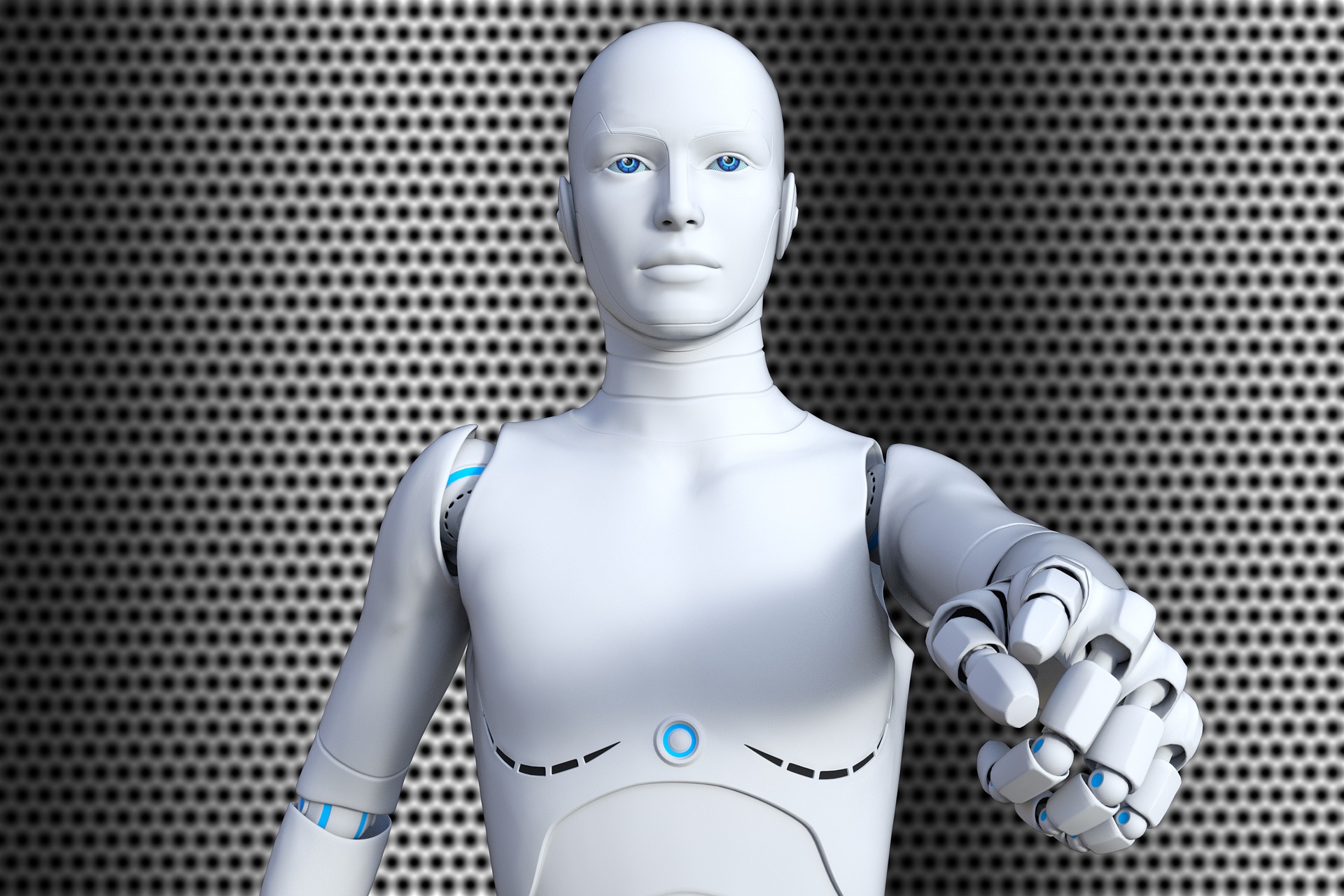All of us have had some exposure to robotics, whether it be crying over Wall E, scared by Ultron or “evil AI”, or maybe you’ve sat in a self-driving tesla or owned a Roomba. Research and advancement in robotics has recently been accelerated by the rapid growth of AI algorithms, particularly with the application of computer vision algorithms to robot perception and navigation. Today, research has brought to us drones that can follow humans, robots can swim with you underwater, and of course, self-driving cars (under development), all of which have a huge potential to disrupt our current systems. But what does it mean for the average customer? What should you expect to see in the near future and what might you buy?
Consumer robotics can touch spheres, and for those who might classify smart devices as robots, smart home devices, and smart wearables might be the most successful of the lot. According to recent data from Strategy Analytics, Apple shipped 7.6 million smartwatches worldwide in the first quarter of 2020, and a 2018 report outlined that 11 million Nest smart thermostats had been sold since the company’s inception in 2011. And why not, right? Smart home systems comprise the easiest to use, easy to understand AI bots that we don’t mind having in our homes.
In contrast to this sector of robots which largely remain in the background, more startups have recently tried to bring robots to the forefront of our lives by creating “social robots”. These are the robots you might associate more with Wall-E – they are designed to be cute, and sometimes their sole purpose is to be a companion to humans too. Consider Vector, a robot created by Anki which can interact with users, show emotions through its display, and even throw a fit. The startup was reported to be closing down and laying off roughly 200 employees last year, even after raising $200M for the fleet of products. Vector now seems to have re-entered the market through Digital Dream Labs, which raised $1M from crowdfunding platform Republic. Some other consumer robotics startups have had a similar fate, such as Mayfield robotics and Jibo.
I believe that market-readiness is a core concept that is behind the dampened success of robots in the social space. While we are happy to let thermostats regulate temperature and a watch give us directions and alert us of irregularities in our heartbeat, we are not quite comfortable with being friends with a tiny desk robot that can show a wide array of emotions. Both marketing and technological capabilities can be blamed to some extent for this; the average customer doesn’t read peer-reviewed papers about ethics in AI, but refer to media, film, and television to develop their gut. Movies have rarely portrayed robots as collaborators, while the idea of a social domestic robot is absent from our stories entirely (perhaps with the exception of Doraemon?). This problem is further exacerbated with the fact that social robots are often targeted towards seniors as a solution to relieving loneliness in nursing homes or just offering companionship. This is obviously dangerous for a few reasons – robot dogs are probably not better than real dogs, and if market readiness is built by the consumer’s absorption of media content, seniors are probably the least familiar with the concept of robots in our personal lives. Hence, a lot of companies often find themselves with an amazing product, lots of funding, but not enough customers to take them to success.
The path for robotics must therefore be driven by early adopters and a reduction of cost and accessibility to these products. Therefore, a lot of founders working on consumer robotics might have to rely on crowdfunding to build a solid customer base – no matter how small – and demonstrate their traction and “product-stickiness”. I also point to Cloud Robots as the next iteration that will lead to huge reductions in cost since it will remove the need for expensive hardware to be onboard the robot. Pairing these two, I believe entrepreneurs will have access to a toolkit that can help create a solid foundation for building scalable, sustainable robotics that can lead to successful businesses. Till then, the customers must satisfy themselves with the Roomba and sit comfortably as their thermostat makes their lives easier.
Author: Tanmay Agarwal
